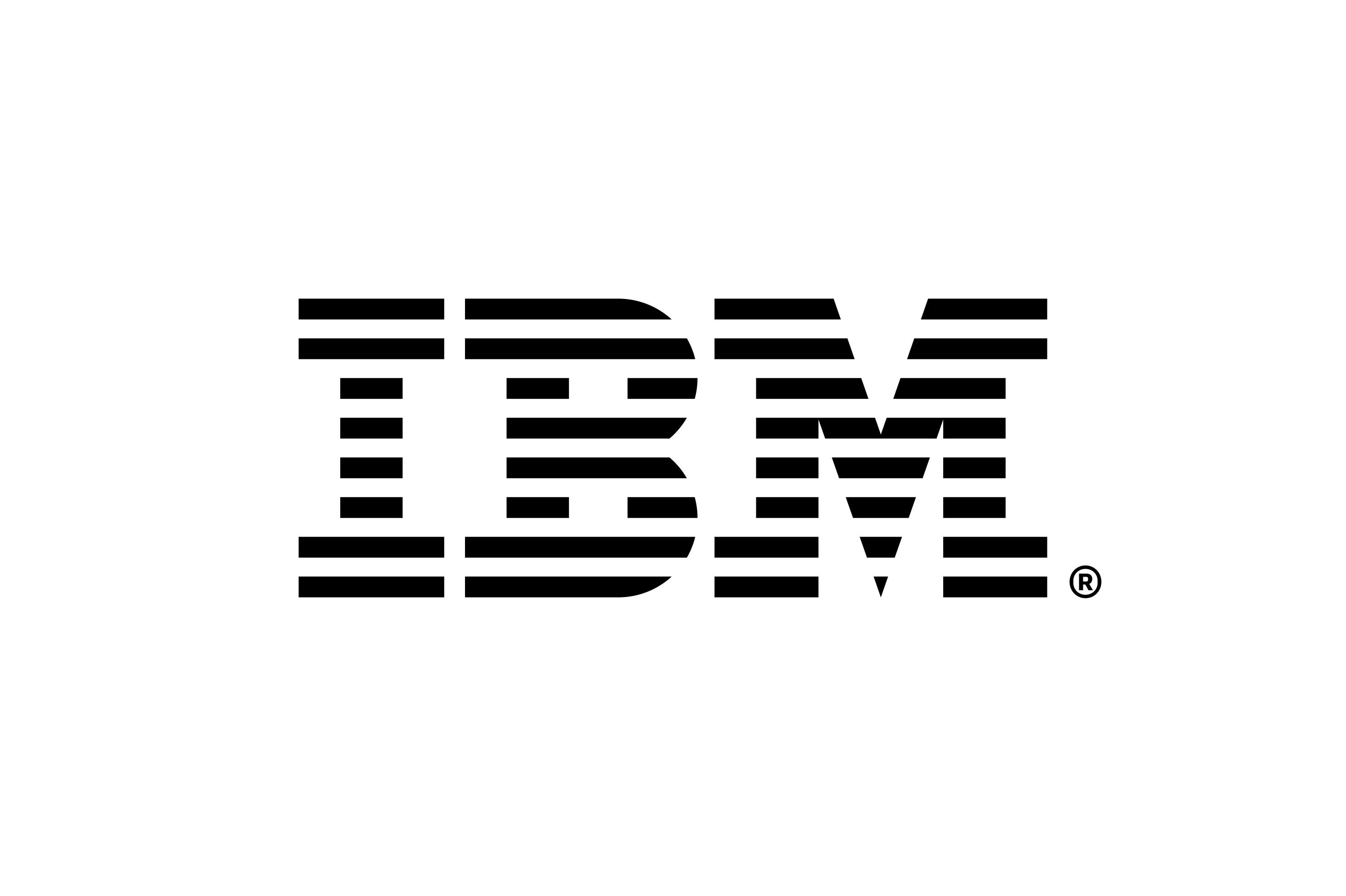
IBM - AI Governance: Break open the black box
It is well known that Artificial Intelligence (AI) has progressed, moving past the era of experimentation. Today, AI presents an enormous opportunity to turn data into insights and actions, to amplify human capabilities, decrease risk and increase ROI by achieving break through innovations.

IBM - AI governance – driving responsible, transparent and explainable AI.
Artificial intelligence (AI) is no longer a business experiment. It has progressed to become an integral part of enterprise strategy at companies large and small. AI presents an enormous opportunity to turn data into insights, spark action that’s based on better decision-making, and to amplify human capabilities for the greater good—and for the good of the business.

AMD: A Breakthrough in Pervasive AI
When it comes to AI, it’s foundational to know that training and inference go hand in hand. But while the training of AI is often worked through in the cloud, inference tasks are increasingly migrating to on-premise servers or edge devices. Let’s talk about why this is happening.

HPE - INTEL
With 30+ years of continued industry leadership, Intel and HPE are delivering cloud-smart solutions with flexibility engineered for the edge. Both companies offer a depth of experience to address today’s challenges, such as data growth outside the data center, managing multiple clouds, and securing distributed environments. Together, they deliver a leading portfolio of optimized AI solutions that transform business and industry, under a use case and pragmatic approach.

IBM - Break open the black box - driving responsible, transparent and explainable AI
Gartner predicts that the market for AI software will reach almost 134.8 billion by 2025.1 Artificial Intelligence (AI) presents an enormous opportunity to turn data into insights, spark action that’s based on better decision-making, and to amplify human capabilities for the greater good—and for the good of the business.

FPT Software - From Linear to Circular – Greening Manufacturing with the Power of AI
Manufacturing will be circular. The take-make-waste approach is ecologically harmful and exposes enterprises to regulation violations and reputation loss. To tackle climate change, firms should switch to circular production. AI is intended to ease the protracted transition.

Pangeanic develops Multimodal and Multilingual Anonymization
In today’s society, insights from personal information gathered from a customer or user of a platform are key for guiding the decision-making processes of companies, governments, utilities and legal and financial institutions. These institutions often have a wealth of valuable information at their fingertips. This data can be used to make better business decisions, inform about the behavior of specific customer segments, or how customers use a particular platform, service or utility.

3 questions to Thomas Weber, AI Chief Product, Huawei
Q: Thomas Weber, you will give a Keynote speech at WAICF on February 9th on “Ultra Large AI Models improving the end-to-end development life cycle”. Can you give us a small preview? TW: In 2019, Gartner predicted that through 2022, around 85% of use cases leveraging AI techniques would fail. Well, here we are and although I wouldn’t be so bleak, the rate of failure of AI projects is definitely high. Given that AI has only recently become a clear priority for businesses, these numbers are not actually that surprising but it shows a real need for best practices.

How Does Hardware Help AI Training In the Cloud?
AI is becoming increasingly pervasive thanks to its rapid progression and relative ease of access. In order to continue to achieve advancements in AI inference, we must look at how growth can be made in training. To talk about the current and future states of AI training, let’s start by thinking about pervasive AI in a more tangible context.

Challenges In Building An Energy Efficient AI Recommendation System
Every day, humans are bombarded with recommendations of shows to watch or products to purchase. Whether you’re browsing the web, streaming media, or scrolling on social media, there are algorithms working in the background contributing to your decisions. In this article we will touch on what AI recommendation systems mean for businesses, what optimal hardware architecture for a recommendation system looks like, and what the hardware limitations and challenges are for implementation.

Winter isn’t coming – why AI is here to stay
There’s no denying that the rate of AI’s progress has waxed and waned over the years. The fallow period of the 70s, 80s and 90s is often described as the first ‘AI winter’ - characterised as a general loss of interest, brought on by the failure to realise early, inflated expectations. The lull was partly down to slowing investment in research from bodies such as the US Government, but more significantly, the yawning gap between AI theory and the availability of computer systems capable of bringing those ideas to life.
